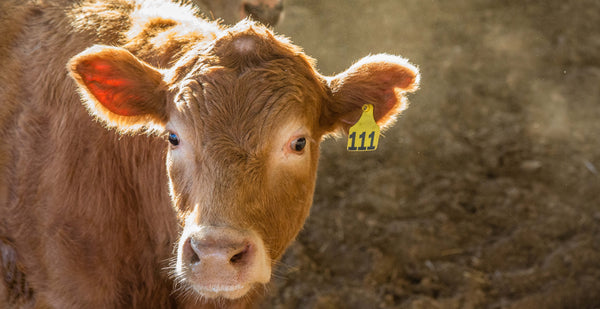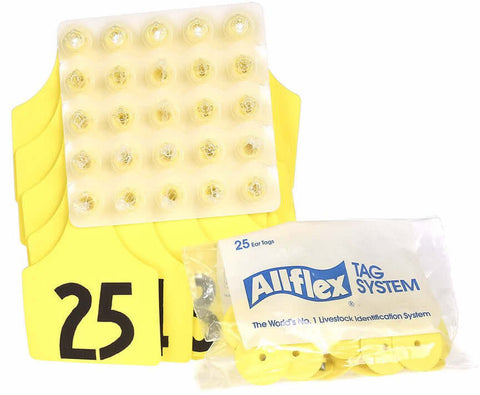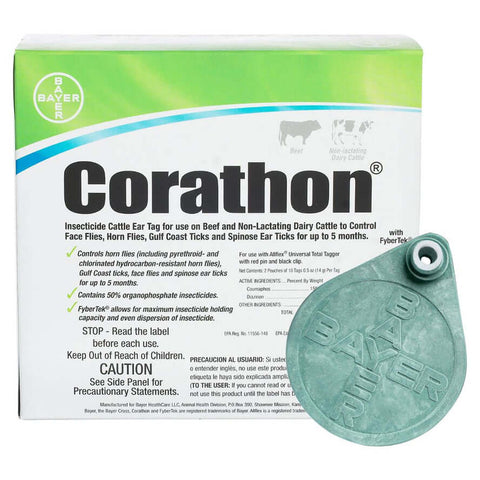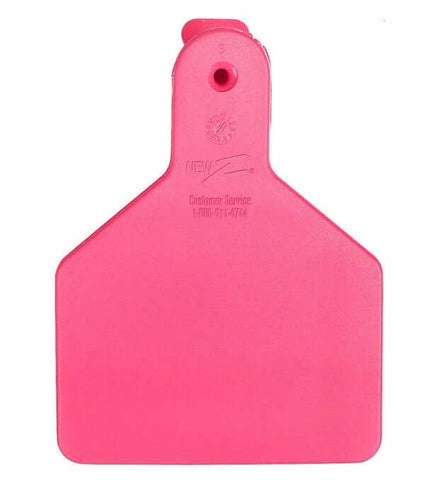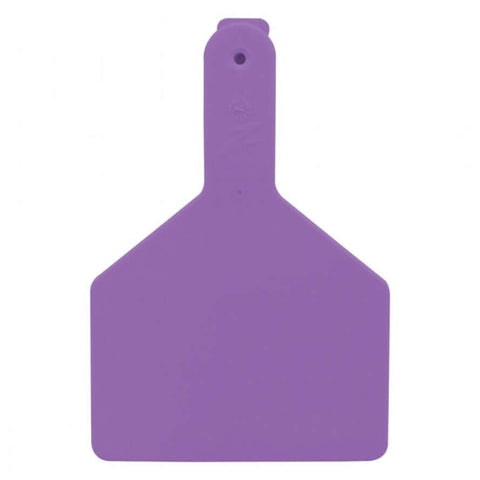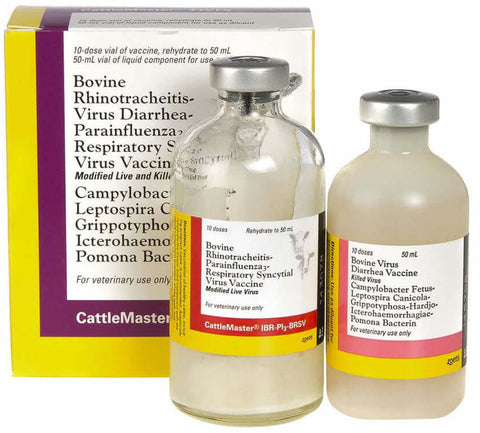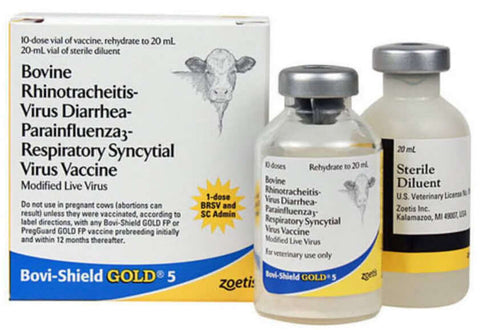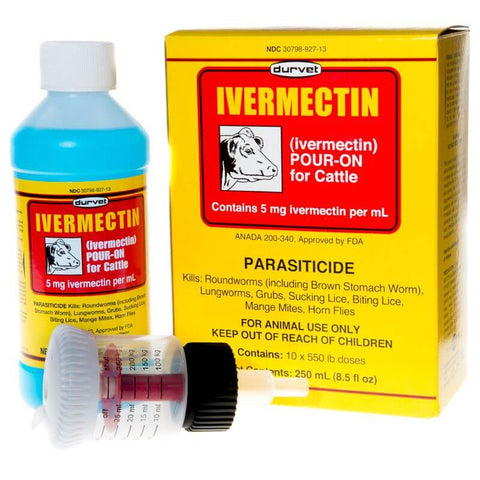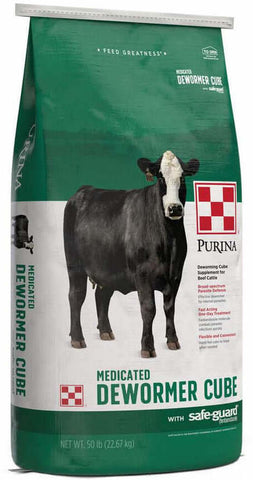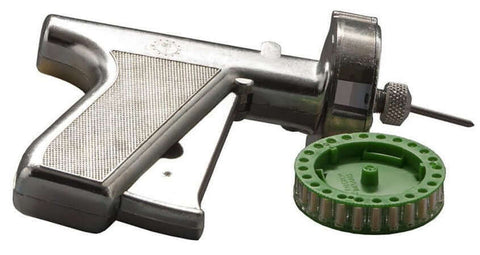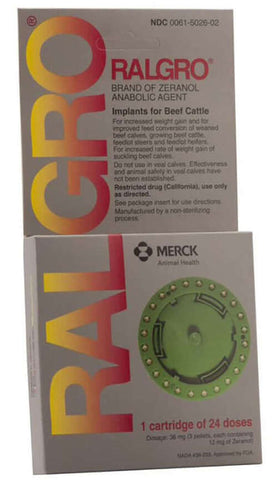
Prepare Your Cattle for Spring
Spring will be here before you know it. That means it’s time to gear up for spring works. With many jobs to perform, such as tagging, vaccinating, implementing deworming programs and more, it may also be a good time to consider stimulating weight gain.
Tagging Cattle
Tagging cattle is a common practice in livestock management that helps identify individual animals for various purposes such as record-keeping, health monitoring, ownership identification, and tracking. There are different methods to tag cattle, including :
- Ear Tags
- RDIF Tags
- Branding / Tattoos
Ear tags are one of the most common methods used to identify cattle. They are attached to the ear and come in various shapes, sizes, and materials (such as plastic or metal). Ear tags can display unique identification numbers, barcodes, or RFID. RFID tags use radio waves to transmit data stored on a microchip. These tags can be either inserted under the skin (subcutaneous) or attached to the ear.
What Does the Tag Mean? Different tags mean different things! When calves are born, they get a tag in their ear with the same number their mother has. The white tags mean that the calf is a bull and the yellow tag means that it’s a heifer (a female that hasn’t had a calf yet). Separating the two sexes of calves helps make giving the calves their vaccinations easier. Plus, you don’t have to worry about trying to castrate a heifer! Other color tags are for a different purpose, each cow gets a different color tags every year. Cows are normally only on a farm for 10-12 years, as long as they have a calf, they stay. So you can look at the cows tag and know which year she was born in. Check out Datamars Z Tags for all their color options!
Vaccinating Cattle
Cattle vaccinations are essential in preventing and controlling diseases that can affect the health and productivity of cattle. Vaccinations help stimulate the animal's immune system to develop immunity against specific diseases, reducing the risk of illness and preventing the spread of infectious agents within herds. The specific vaccines required and the vaccination schedule can vary depending on factors such as geographical location, local disease prevalence, herd size, management practices, and individual herd health status.
Common Vaccines
Clostridial Vaccines:
Protect against diseases caused by Clostridium bacteria, such as blackleg, tetanus, and other clostridial infections.
Zoetis UltraChoice 7 #10009913
Respiratory Vaccines:
Guard against respiratory diseases like infectious bovine rhinotracheitis (IBR), bovine viral diarrhea (BVD), bovine respiratory syncytial virus (BRSV), and parainfluenza-3 (PI3) virus.
Zoetis CattleMaster 4&VL5 #10000361
Leptospirosis Vaccines:
Prevent leptospirosis, a bacterial infection that can affect multiple organs and cause reproductive issues.
Brucellosis Vaccines:
Used in some regions to prevent brucellosis, a contagious bacterial disease affecting reproduction.

Zoetis Bovi-Shield Gold FP 5VL5 #10003309
Bovine Rotavirus:
Protect against diarrheal diseases in young calves.
Zoetis Bovi Shield Gold 5 #10000771
Typically, routine vaccinations are administered annually or semi-annually, but certain vaccines may require more frequent administration or specific timing (e.g., before breeding or calving seasons) for optimal effectiveness.
Deworming Cattle
Cattle dewormers, also known as anthelmintics, are medications or products designed to treat and control internal parasites (worms) in cattle. These parasites can include various species such as roundworms, tapeworms, flukes, and others that can affect the gastrointestinal tract, lungs, liver, and other organs of the cattle. There are different types of cattle dewormers available, including oral pastes, drenches, injectables, feed additives, and pour-ons. Each type of dewormer may target specific types of parasites and have varying effectiveness.
For more cattle deworming options - CATTLE DEWORMER
Ralgro: Implant for Beef Cattle
Cattle growth implants from the leading brand Ralgro, is a great product for reliably stimulating weaning weights and maximizing on good pasture conditions, which, in turn, maximizes your bottom line. The following are just a few of the many benefits of using Ralgro Implants.
Ralgro Implants Add More Than Just Extra Pounds - Ralgro is a brand of zeranol implants from Merck Animal Health. Zeranol is an anabolic agent that stimulates weight gain and improves feed efficiency in pasture and feedyard cattle. This way, you are able to produce more, using less. Zeranol is not sex-specific, which makes Ralgro one of the few implants that can be used in both steers and heifers.
Improve Weaning Weights - Weaning weights of calves implanted (before weaning) can improve by as much as 20 to 35 pounds compared to non-implanted cattle. For example, a Ralgro trial summary concluded that the compared weaning weight gain of 2,358 suckling calves showed an average 23-pound weaning weight advantage (over a span of 163 days) with those implanted with Ralgro Implants for cattle over the non-implanted controls. That increase can make a significant impact on your bottom line.
Ralgro Cattle Implants Go to Work Fast - The zeranol released from Ralgro Implants reaches effective levels within the first day of administration through the use of an implant gun. This quick response allows cattlemen to capitalize on good pasture conditions when the nutrition levels tend to be their highest. This ability to capitalize on the pasture’s plane of nutrition makes Ralgro Implants a good fit for calves on pasture.
No Negative Health Effects from Using Ralgro Implants - A common myth among consumers is that growth implants in cattle produce beef that is full of added hormones and thus detrimental to human health. However, studies suggest this is a false assumption. The chart below illustrates the hormone levels of items commonly consumed by humans.
Better Return on Your Investment - With Ralgro cattle growth implants working for your operation, you’re using fewer valuable resources and producing more beef from better-performing calves. Plus, you are building a lasting legacy for the next generation. Overall, implanted calves gain more weight, which gives them the advantage of being in higher demand, thus allowing you to gain more return for your investment over time.
